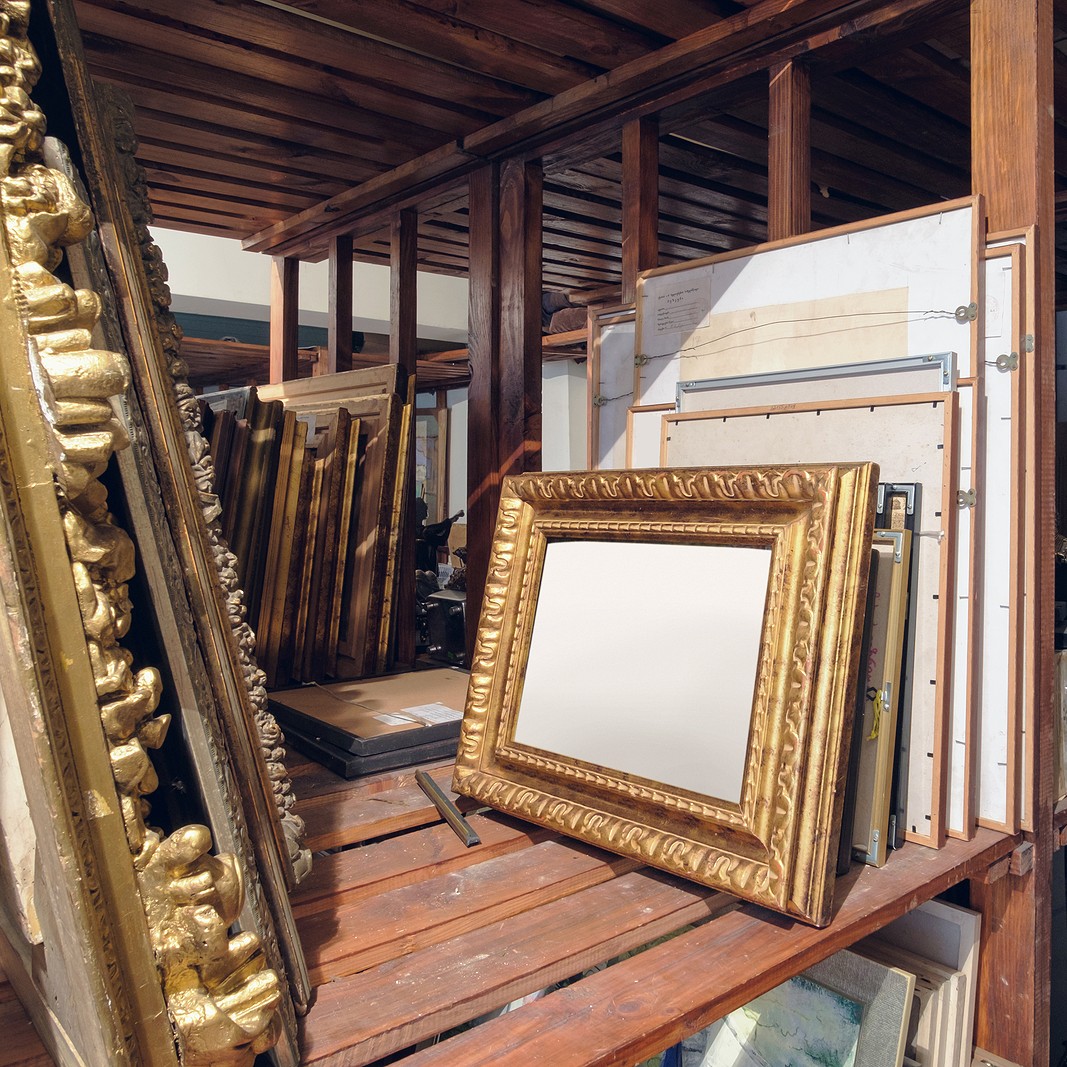The principles of art storage have changed greatly since the days of the Greek Pinacotheca. New types of objects have appeared, and the number and age of works have changed dramatically. To date, only 3-5% of museum collections are on display. The rest is in the storerooms, which attributes to the fine art storage the role of the main guardian of the heritage.
Types of Fine Art Storage
Fine art storage arrangement depends on the specifics of the museum and the items being kept. An archeological museum has very different requirements than a fine art museum. The requirements for storing sculptures are not suitable for paintings. And what is good for paintings is unacceptable for engravings. Common storage options include single- or double-door museum cabinets with adjustable shelves. They can be equipped with or without glass. They are very convenient for storing entomological pieces, herbarium collections, geological and botanical objects, and some apartment objects. Shelves for oil paintings are mainly made of wire mesh with brackets or feet. Paintings and frames of any size are placed on such a shelf, which is very convenient to protect the works from damage and to rearrange the collection. Shelves for oil paintings can also look like pull-out art racks for mobile use. At the same time, they have unobstructed air circulation. Graphic works are always kept in a horizontal position, as in the file cabinets of drawers. Sometimes they can even overlap, but with the mandatory use of a pH-neutral layer. Sculptures are stored on separate shelves under the floor and protected from dust.
Requirements for Fine Art Storage
As we can see, each art has its own requirements for preservation. However, there are also general rules that determine the arrangement of fine art storage. The greatest enemies of works of art are temperature fluctuations, humidity, drafts, dust, mold, and direct sunlight. So, to prevent them, the inclusions are stored under stable temperature conditions. Generally, it is about 64-71 degrees Fahrenheit (18-22 degrees Celsius). The average permissible humidity is 40-50%. Most of the works are sensitive to light, as active sunlight and ultraviolet radiation cause the colors to fade. Therefore, the windows in the storage room are blocked and special lamps with a power of 20-foot candles (200 lux) are installed. Fine art storage facilities are also equipped with special powder-coated metal furniture because wood produces toxic substances and acids, which are very dangerous for the works.
The Challenges of Storing Art
Museum collections continue to grow, even though many of them are already overloaded and cannot provide the right conditions for artworks. The major museums have digitized their collections. The reality of covid-19 has prompted others to take this step as well. It is estimated that about 60% of art institutions around the world do not comply with storage standards, which makes the long-term storage of artworks impossible. In this situation, the design and construction of new, technologically advanced fine art storage facilities are essential and inevitable.
